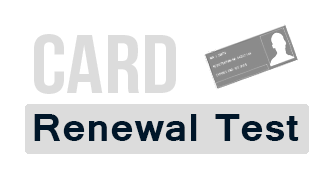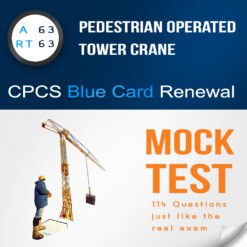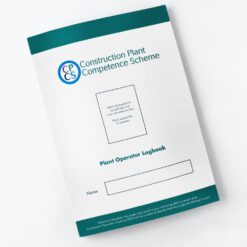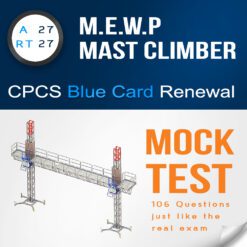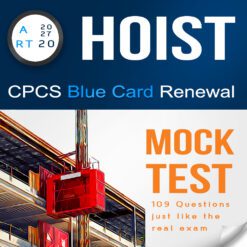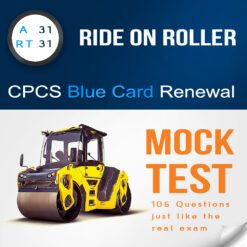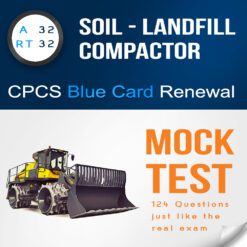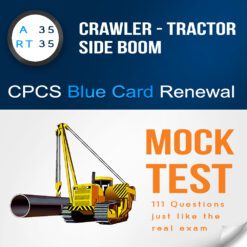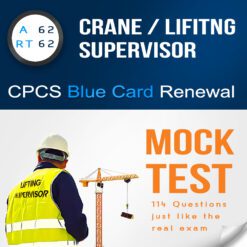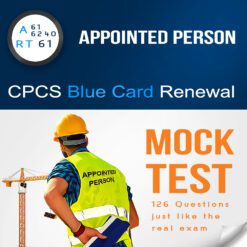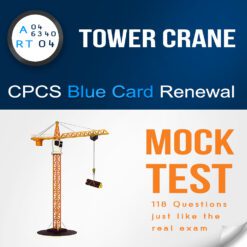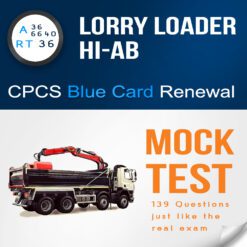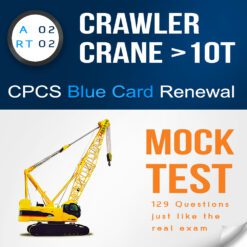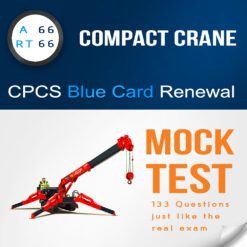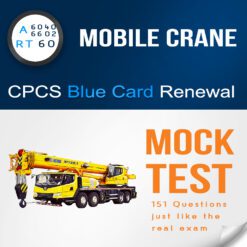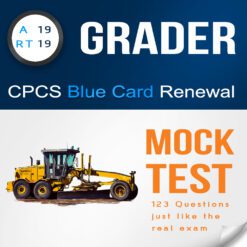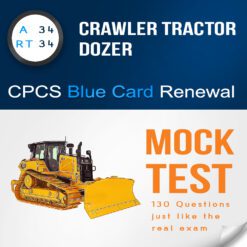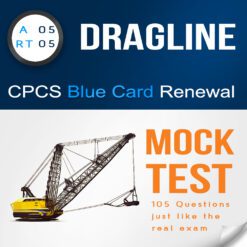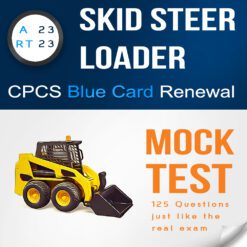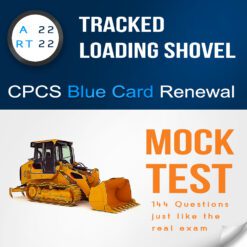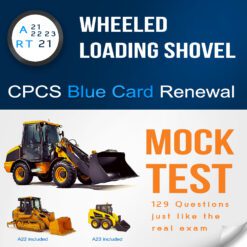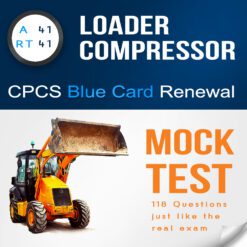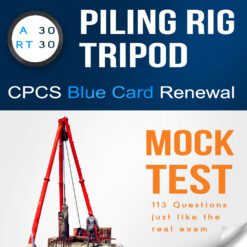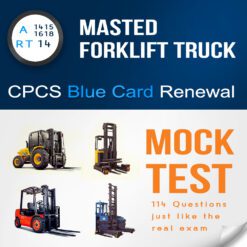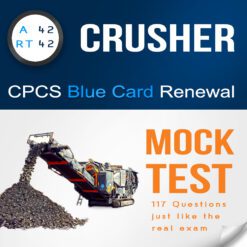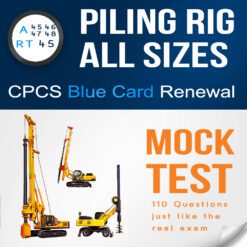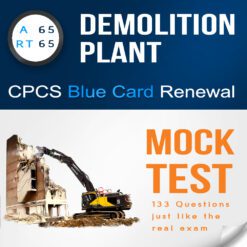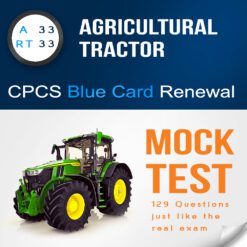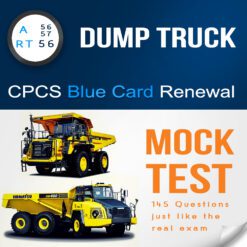1. What is the importance of determining a sequence of operations when a Pedestrian Operated Tower Crane (POTC) is working close to other cranes or plant?
– A) It is optional for POTCs
– B) To increase paperwork
– C) To avoid communication
– D) To prevent conflicts and ensure safe operations
– Correct Answer: D) To prevent conflicts and ensure safe operations
2. What potential impact can long periods of heavy rain have on the ground beneath the crane?
– A) Increased ground stability
– B) Enhanced crane support
– C) Ground softening
– D) Improved crane efficiency
– Correct Answer: C) Ground softening
3. Why is it mentioned that the measured center of the load and the center of gravity of the load are not always at the same place?
– A) To complicate lifting operations
– B) To increase paperwork
– C) To highlight the importance of load balancing
– D) To challenge crane operators
– Correct Answer: C) To highlight the importance of load balancing
4. What precaution should be taken before the folding sequence of the jib begins?
– A) Check wind speeds to ensure they are within set limits
– B) Check the manufacturer’s lunch break limits
– C) Ignore wind speeds
– D) Conduct a quick visual inspection
– Correct Answer: A) Check wind speeds to ensure they are within set limits
5. Why should cranes be kept at a minimum distance from overhead power lines?
– A) Operator’s preference
– B) To maximize ground-bearing pressure
– C) Reduce the danger of arcing
– D) Minimize paperwork
– Correct Answer: C) Reduce the danger of arcing
6. What risk could arise due to erratic crane movements?
– A) Enhanced operator control
– B) Reduced paperwork
– C) Predictable crane motions
– D) Overloading
– Correct Answer: D) Overloading
7. What is emphasized regarding the operator’s awareness of each load?
– A) Operator preferences
– B) Constitution of the load, including type or content
– C) Minimal paperwork
– D) Crane stability only
– Correct Answer: B) Constitution of the load, including type or content
8. What potential risk is associated with overriding RCIs during lifting operations?
– A) Potential over-lifting with the crane
– B) Increased paperwork efficiency
– C) Improved crane stability
– D) Enhanced operator control
– Correct Answer: A) Potential over-lifting with the crane
9. What aim should be ensured by the competent person during the check of ground conditions and support base strength?
– A) Maximum crane speed
– B) Minimum paperwork
– C) Operator preferences
– D) Support for all expected loads and configurations
– Correct Answer: D) Support for all expected loads and configurations
10. Why is it crucial to keep a greater distance from overhead power lines with higher voltage?
– A) To reduce the risk of arcing
– B) To meet regulatory requirements
– C) To maximize crane efficiency
– D) To speed up the lifting operation
– Correct Answer: A) To reduce the risk of arcing
11. What procedures may be implemented when placing the crane out of service?
– A) Operator’s preference
– B) Minimize paperwork
– C) Follow manufacturer’s guidelines
– D) Erecting team’s decision
– Correct Answer: C) Follow manufacturer’s guidelines
12. Why is it important to use the correct lifting accessory (gear) for a particular type of load?
– A) To minimize the load’s weight
– B) To prioritize operator preferences
– C) To enhance crane efficiency
– D) To ensure safe and correct lifting
– Correct Answer: D) To ensure safe and correct lifting
13. Who is recommended to check ground conditions and support base strength?
– A) Any available person on the construction site
– B) A suitable and competent person
– C) The crane operator
– D) Routine maintenance team
– Correct Answer: B) A suitable and competent person
14. What important consideration is highlighted regarding wind speeds at height in open areas?
– A) Wind speeds are always lower at height
– B) Wind speeds at height can be greater and the direction different from ground level
– C) Wind speeds at height are irrelevant
– D) Wind speeds at height are consistent with ground level
– Correct Answer: B) Wind speeds at height can be greater and the direction different from ground level
15. What potential danger is associated with the jib or boom being close to but not actually touching an overhead power line?
– A) Potential damage to the power line and arcing
– B) Increased crane stability
– C) Reduced danger of arcing
– D) Increased operator visibility
– Correct Answer: A) Potential damage to the power line and arcing
tower crane, self-erector crane, pedestrian operated crane, CITB, NOCN, CPCS, blue card renewal, mock test, theory test, practice test, multiple choice questions, PDF, construction machinery, heavy equipment, lifting equipment, construction safety, operator training, certification exam, study guide, test preparation

